We tour the minimalist new home for the Maillon theatre in Strasbourg
Paris based architecture studio LAN designs the generous, flexible and minimalist home of one of Europe's most exciting contemporary theatre companies, the Maillon in Strasbourg, France
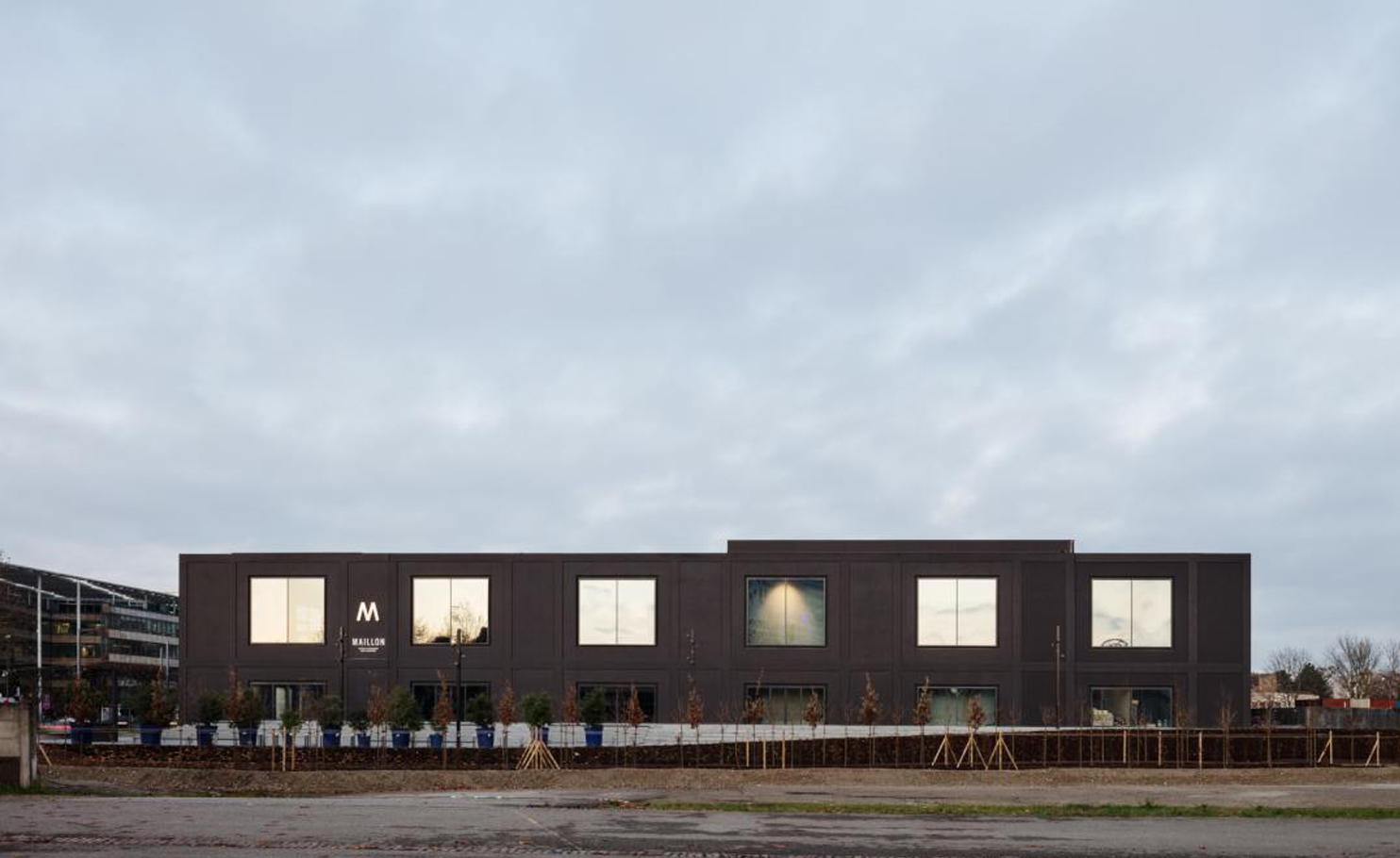
The new Maillon theatre in Strasbourg’s Wacken business district is, in many ways, not a theatre at all. It is instead a sleek, concrete-and-glass hyper-flexible container where theatre, dance and music can happen in every space and corridor. As lead architect Umberto Napolitano, co-founder of the Paris-based LAN (Local Architecture Network) practice, says, ‘the point of the project was eliminating all boundaries between the public and the artists, and between what is theatre and what is not. We got rid of the idea of a fixed stage and instead created a series of spaces that can accommodate theatre – a sort of artistic machine.’
From a programme point of view this means that in lieu of the traditional proscenium-style theatre (made up of a lobby, auditorium and a backstage area), the design is composed rather of a series of open and closed spaces that are, like a city and traffic, defined by the building’s circulation axes. To further dissimulate any notions of a traditional theatre, this rectangular building features almost identical façades as well as entrances on all sides, while its two black box auditoria (accommodating 714 and 254 people respectively), two courtyard areas (one that is semi-closed) and front-of-house bar/lobby area can all host performances.
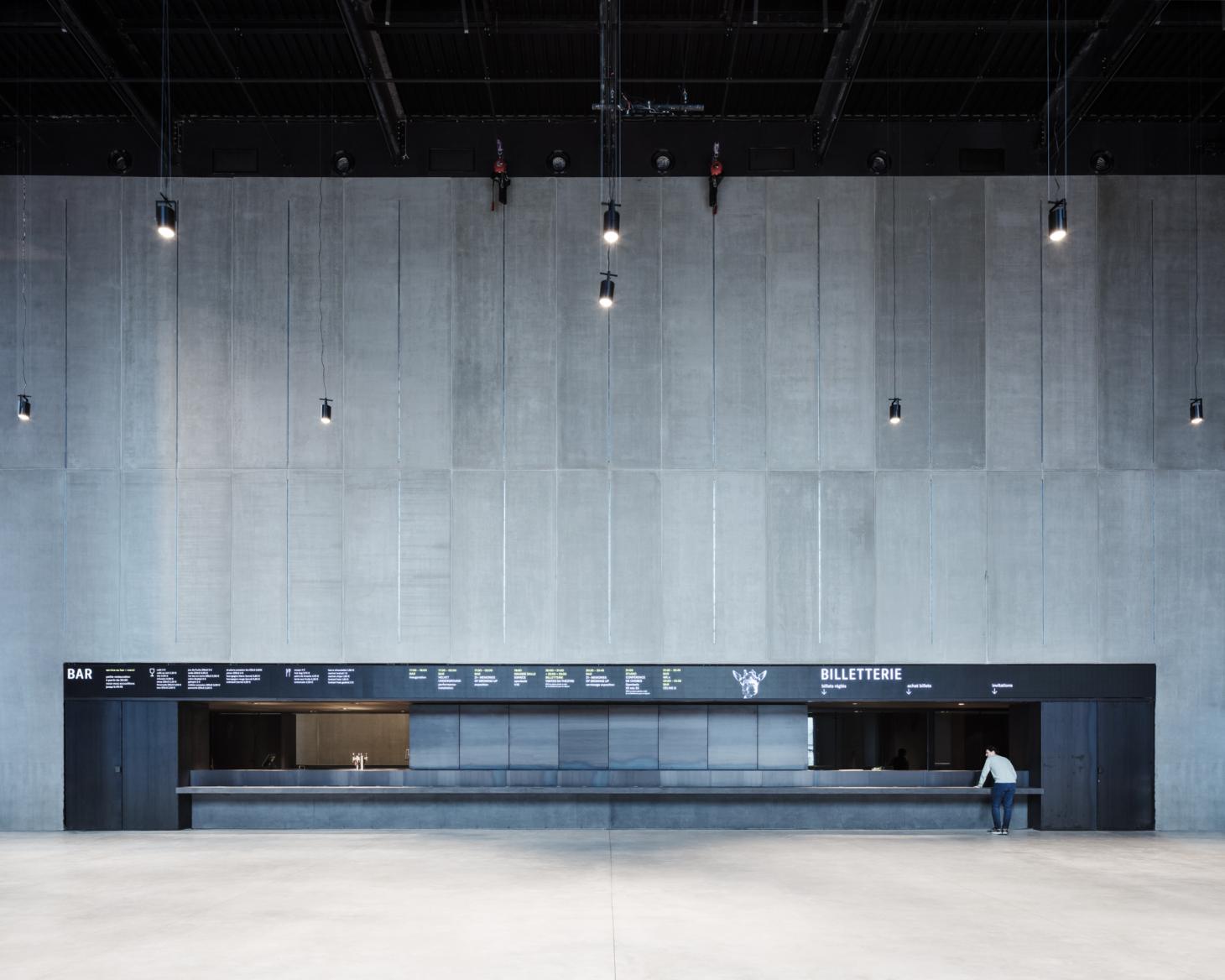
The two auditoria are fitted with mobile seating systems and stages, and surrounded by mobile walls – acoustically soundproof panels – that can be moved aside to reconfigure the spaces and create venues of different sizes and types by connecting them with the courtyards and the lobby. From a set design point of view, the theatre is everywhere; from a creative point of view it’s all about encouraging cross-pollination and experimentation, something the itinerant Maillon has pioneered since its inception as a cultural centre in the late 1970s.
RELATED STORY
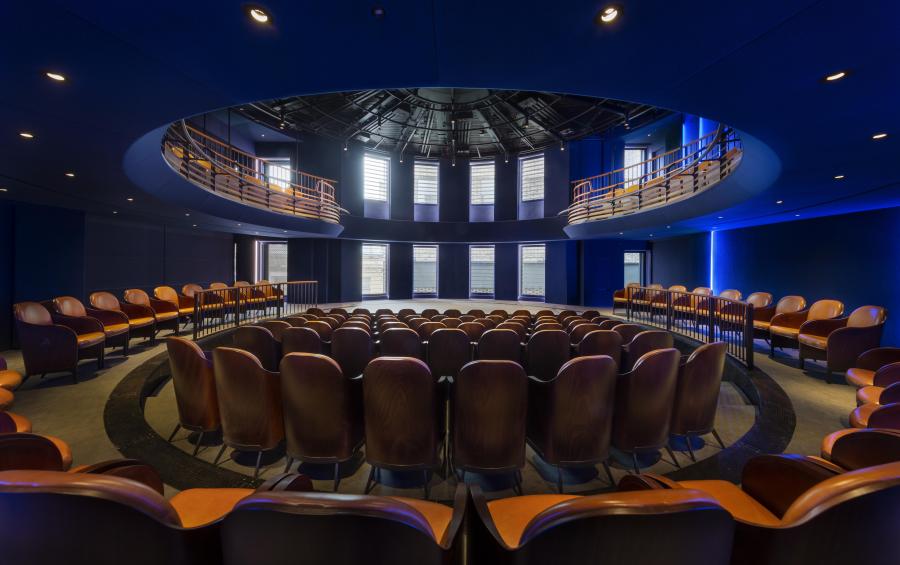
Inside, the Maillon wows for the quality of light that floods in through generous glazing, its lofty and tall circulation spaces and its technical ceiling a few metres below the roof that enables performances in every part of the building. There is no single fly-tower at the Maillon, because the whole theatre is a fly-tower. Other spaces – offices, events and rehearsal spaces, dressing rooms and a lounge for artists with an open-plan kitchen – are located on the first floor and offer wide-angle views of this fast-developing part of the city; while the building’s large windows and location at the end of a wide avenue turn the building into a cultural and urban beacon at night.
Another fittingly open-ended touch at the Maillon is the lobby furniture. The architects provided the theatre with technical drawings for simple and easy-to-assemble timber benches, sofas, rocking chairs and tables that can be downloaded, CNC laser cut and produced in their own workshops. In the future, the theatre can add to, or change, this collection, and create items according to space and need. ‘It’s a bit like Enzo Mari’s DIY furniture project, but reinterpreted for the digital era,’ says Napolitano.
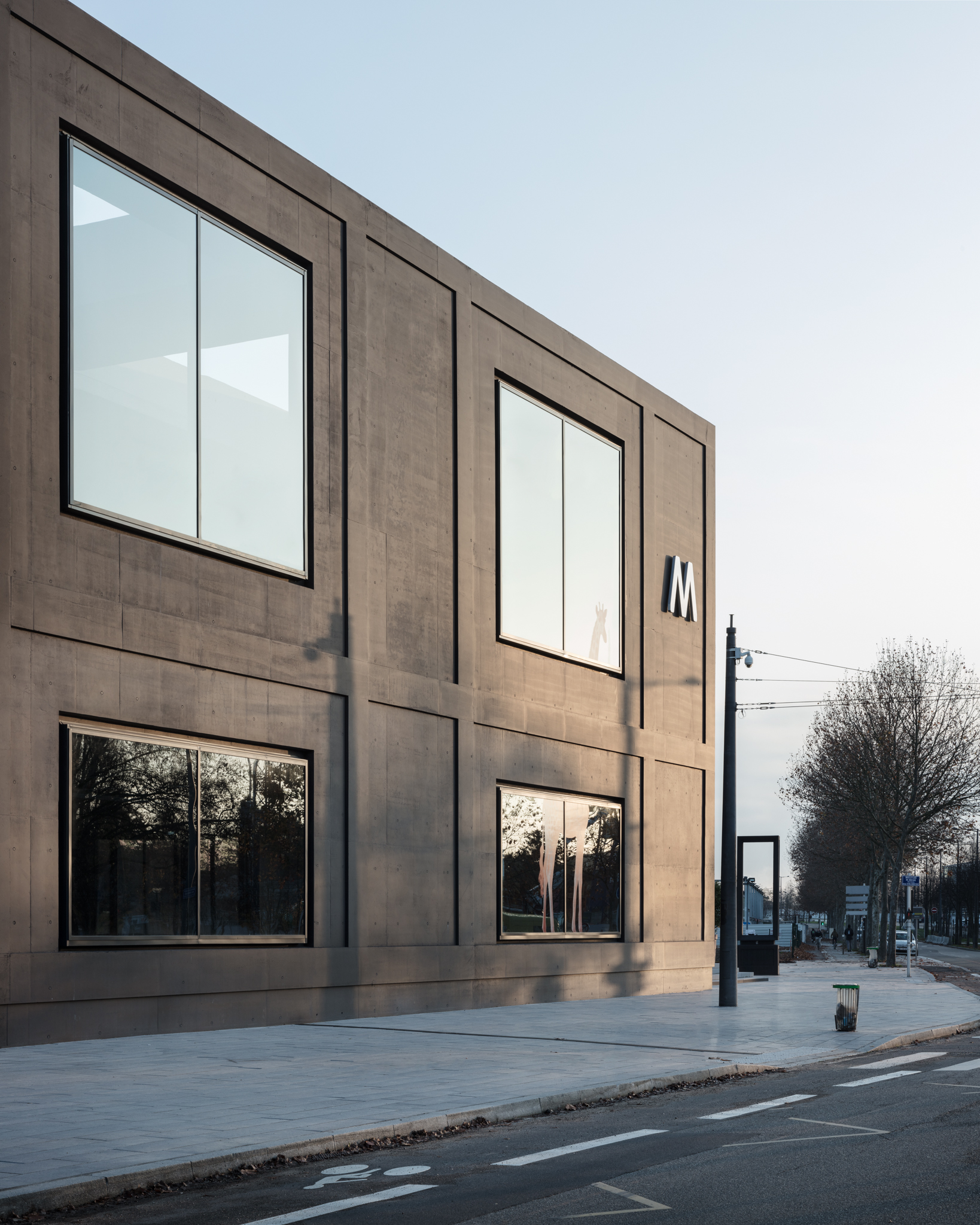
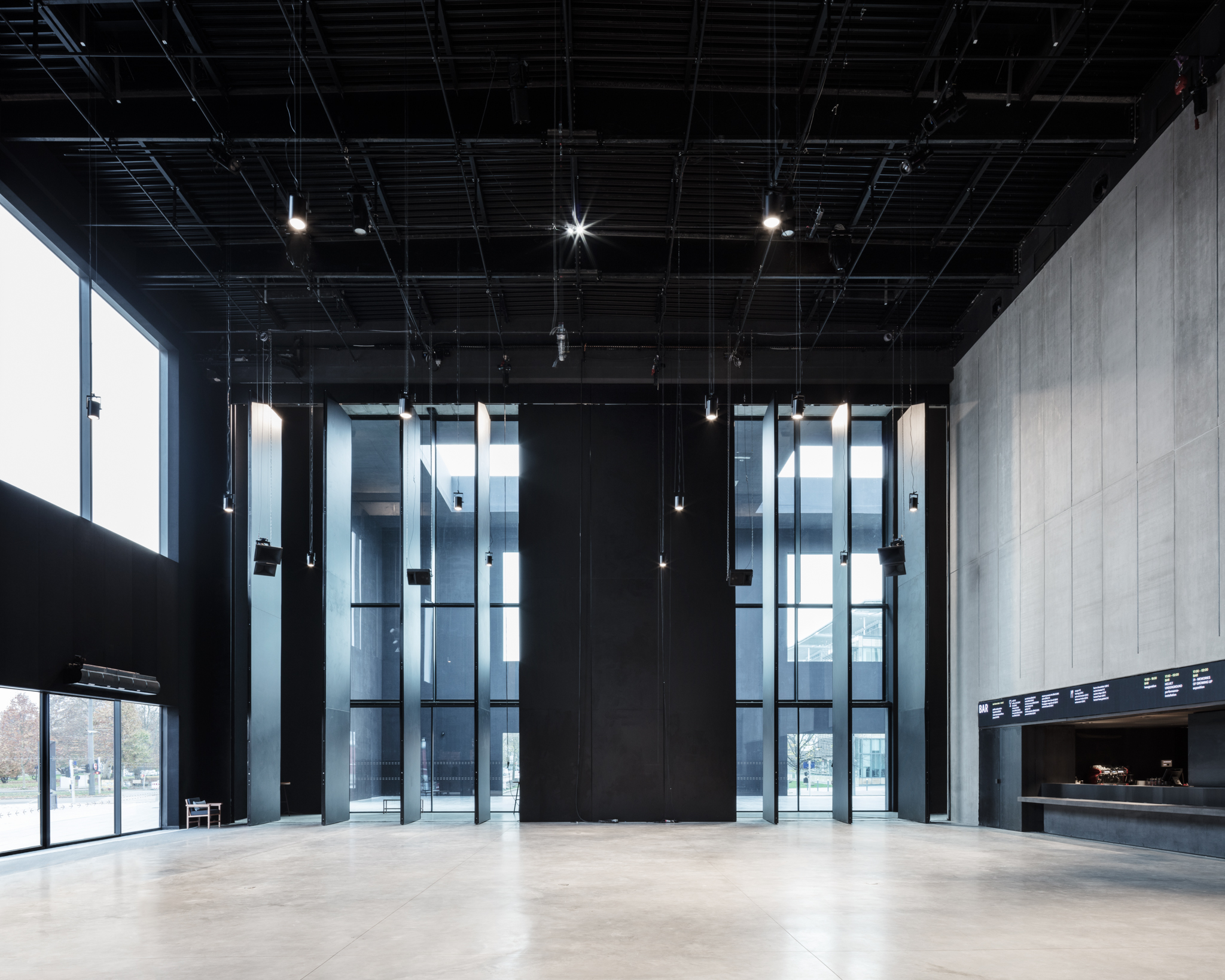
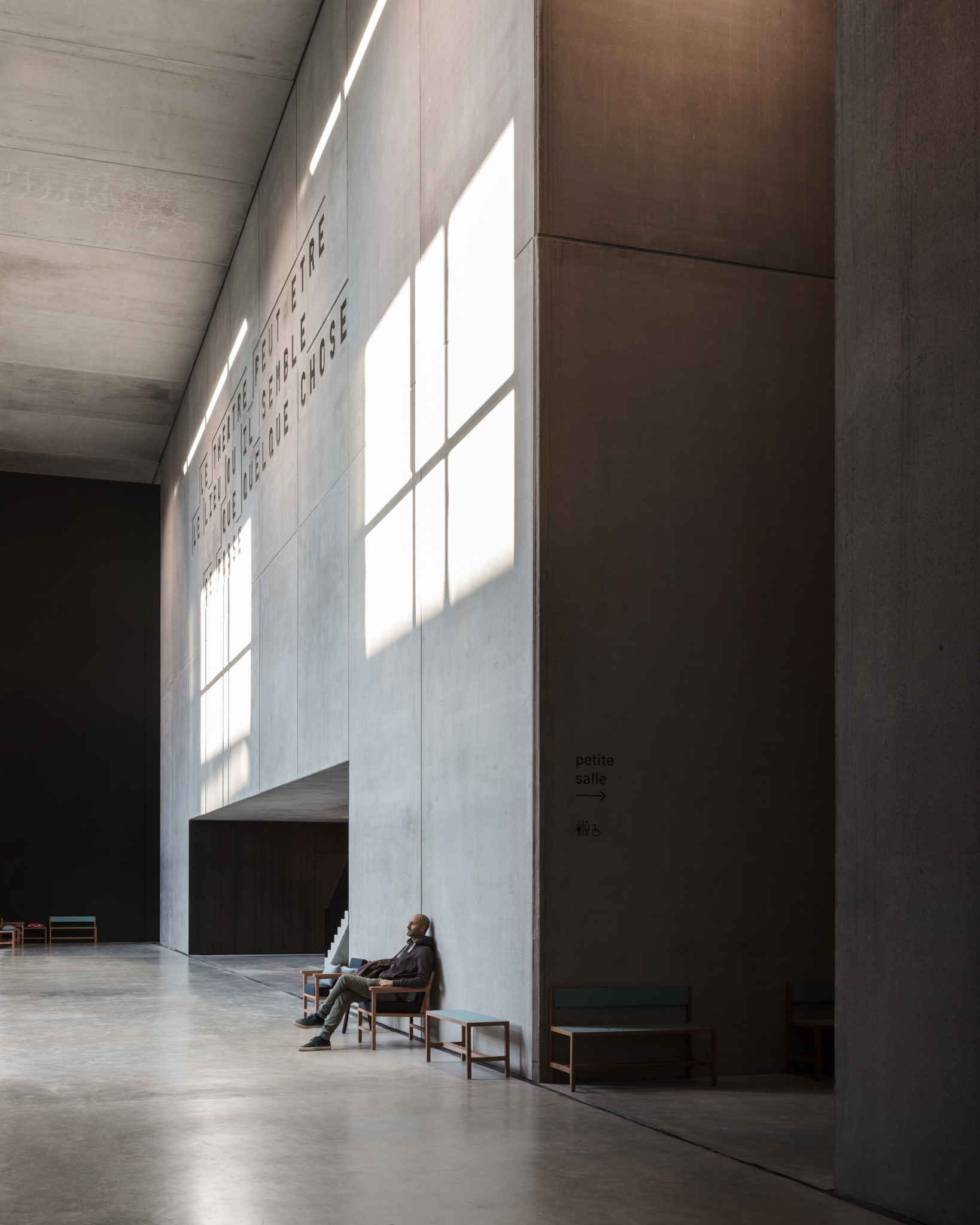
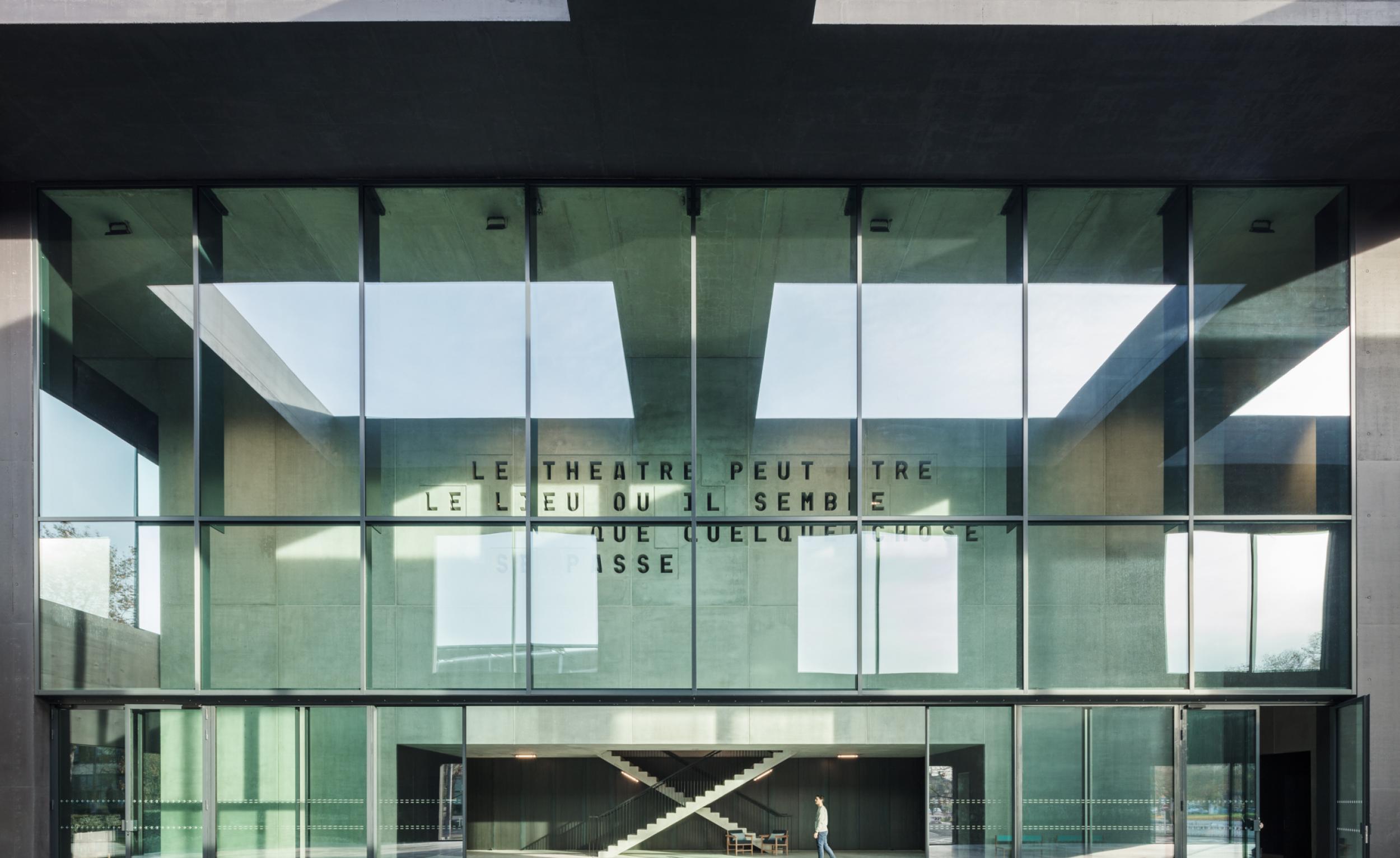
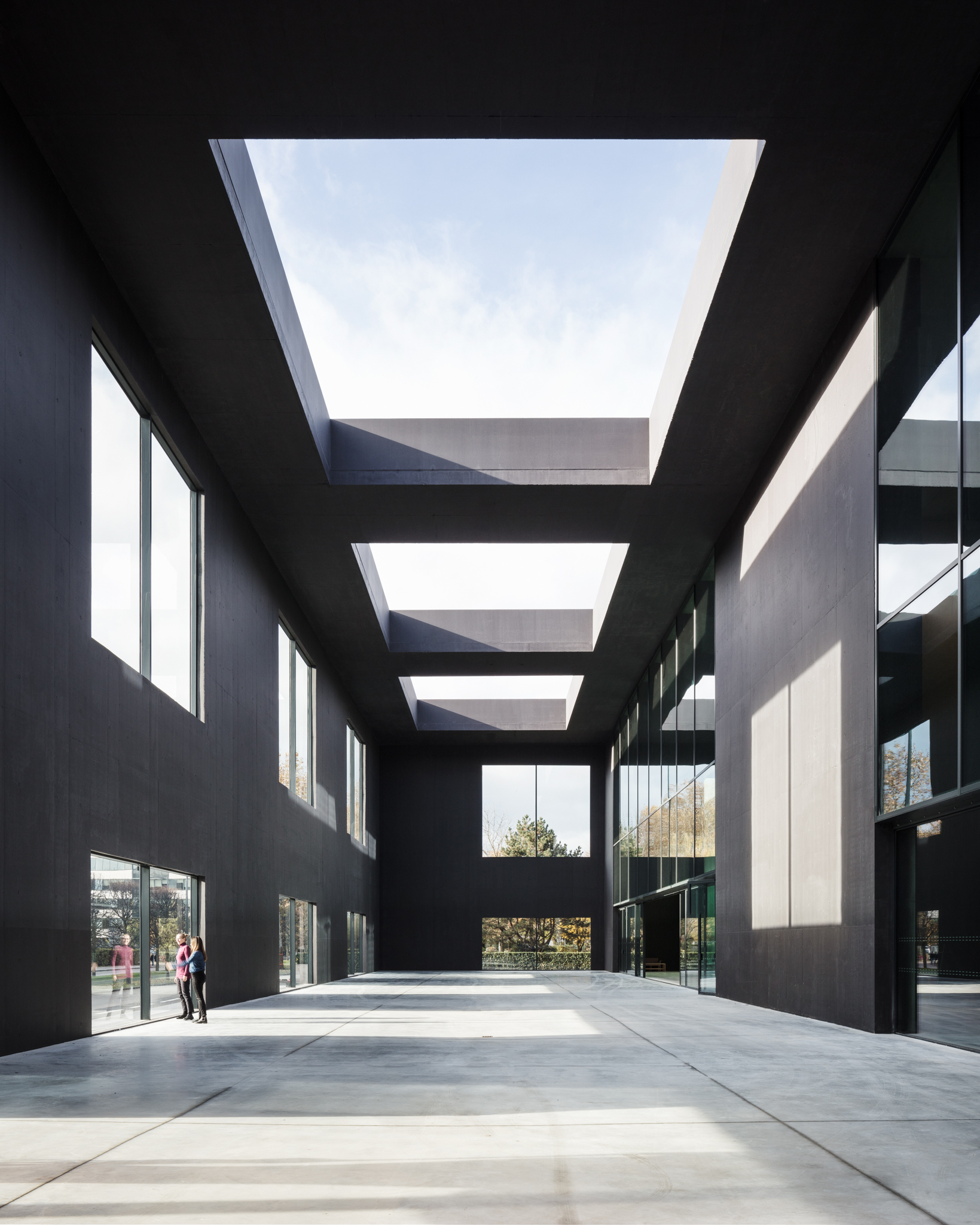
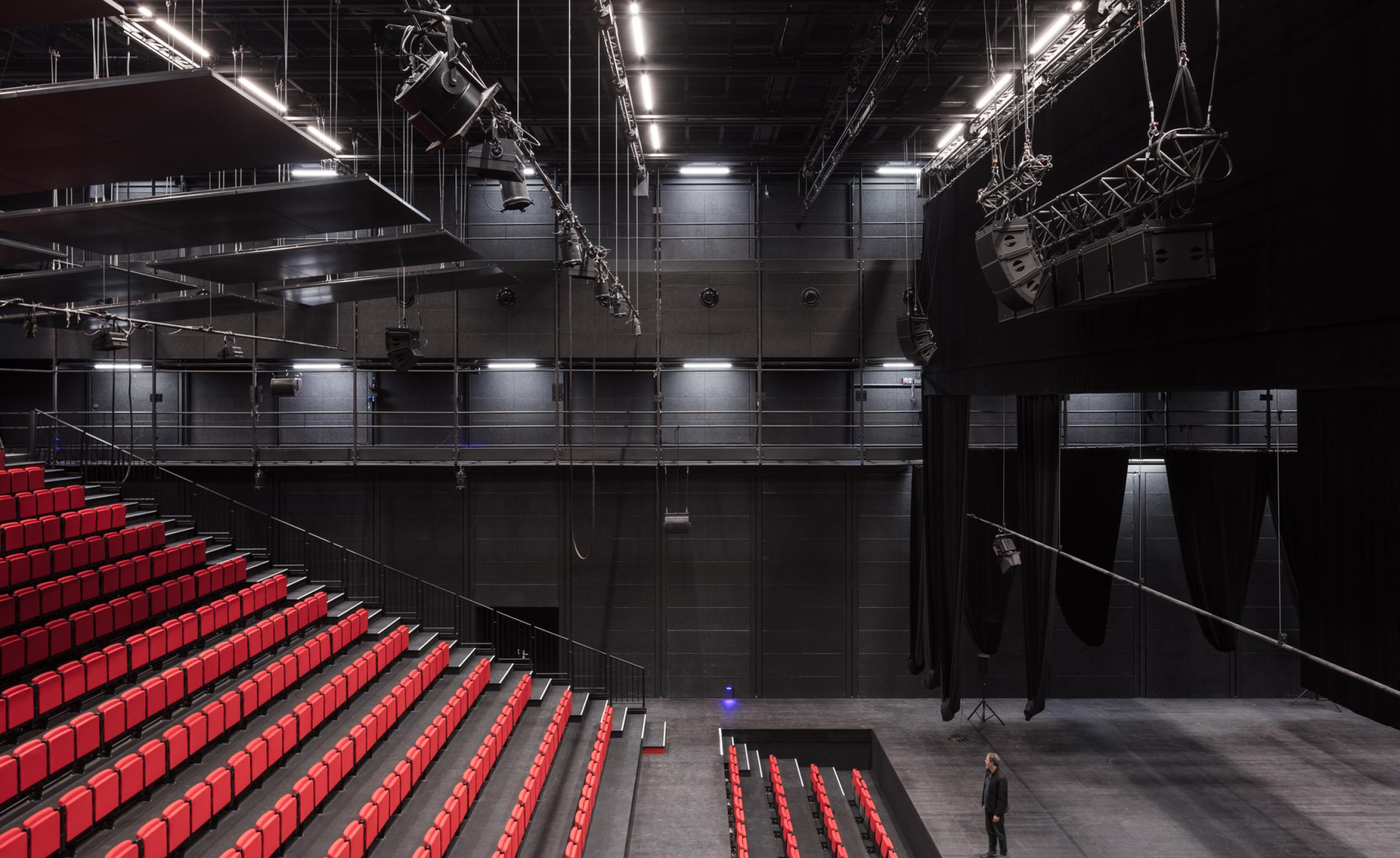
Information
Address
Receive our daily digest of inspiration, escapism and design stories from around the world direct to your inbox.
Le Maillon
1 Boulevard de Dresde
67000 Strasbourg
France
Giovanna Dunmall is a freelance journalist based in London and West Wales who writes about architecture, culture, travel and design for international publications including The National, Wallpaper*, Azure, Detail, Damn, Conde Nast Traveller, AD India, Interior Design, Design Anthology and others. She also does editing, translation and copy writing work for architecture practices, design brands and cultural organisations.
-
 Year in review: the shape of mobility to come in our list of the top 10 concept cars of 2025
Year in review: the shape of mobility to come in our list of the top 10 concept cars of 2025Concept cars remain hugely popular ways to stoke interest in innovation and future forms. Here are our ten best conceptual visions from 2025
-
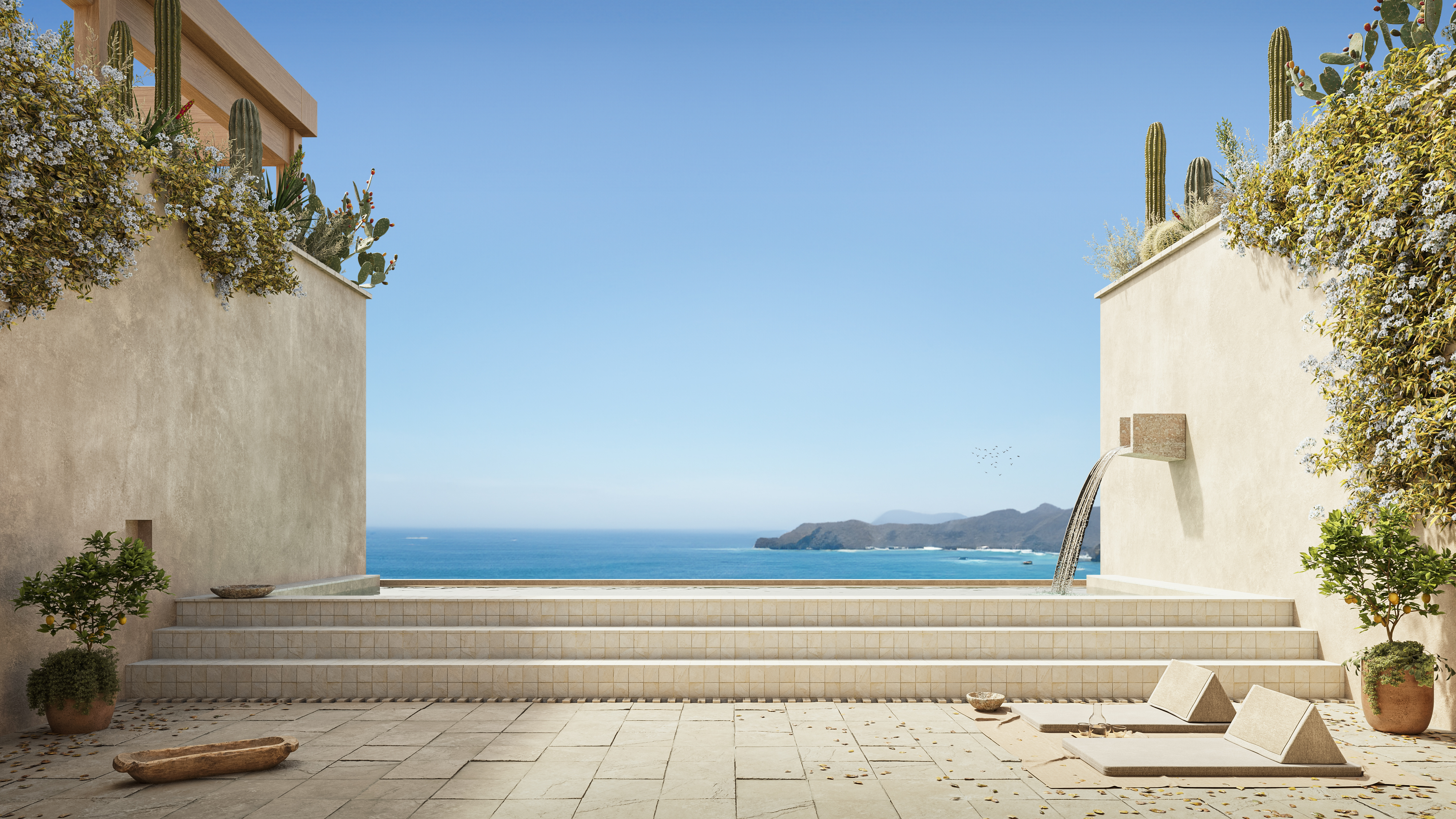 These Guadalajara architects mix modernism with traditional local materials and craft
These Guadalajara architects mix modernism with traditional local materials and craftGuadalajara architects Laura Barba and Luis Aurelio of Barbapiña Arquitectos design drawing on the past to imagine the future
-
 Robert Therrien's largest-ever museum show in Los Angeles is enduringly appealing
Robert Therrien's largest-ever museum show in Los Angeles is enduringly appealing'This is a Story' at The Broad unites 120 of Robert Therrien's sculptures, paintings and works on paper
-
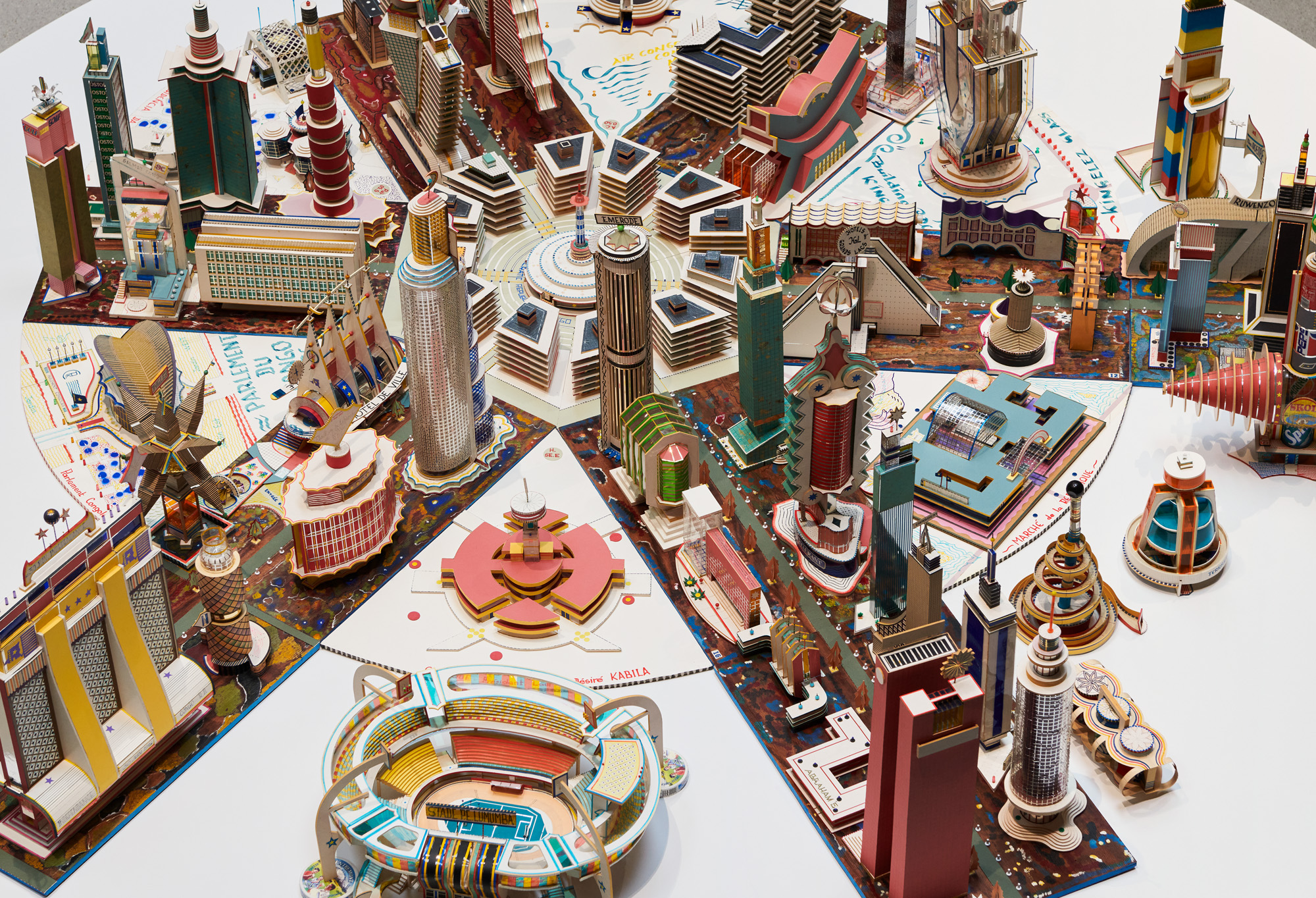 ‘You have to be courageous and experimental’: inside Fondation Cartier’s new home
‘You have to be courageous and experimental’: inside Fondation Cartier’s new homeFondation Cartier pour l'art contemporain in Paris invites us into its new home, a movable feast expertly designed by Jean Nouvel
-
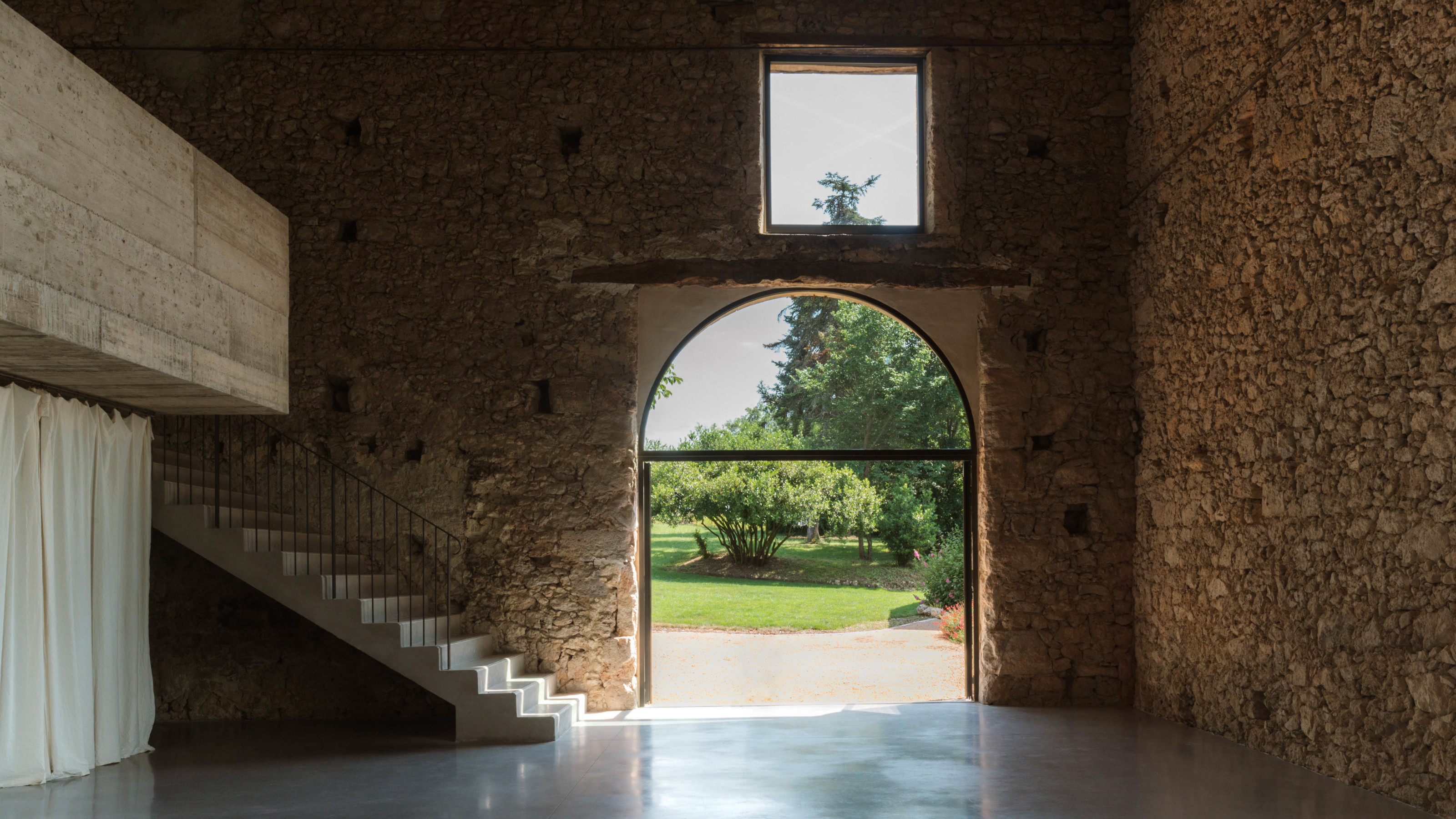 A wellness retreat in south-west France blends rural charm with contemporary concrete
A wellness retreat in south-west France blends rural charm with contemporary concreteBindloss Dawes has completed the Amassa Retreat in Gascony, restoring and upgrading an ancient barn with sensitive modern updates to create a serene yoga studio
-
 Explore the new Hermès workshop, a building designed for 'things that are not to be rushed'
Explore the new Hermès workshop, a building designed for 'things that are not to be rushed'In France, a new Hermès workshop for leather goods in the hamlet of L'Isle-d'Espagnac was conceived for taking things slow, flying the flag for the brand's craft-based approach
-
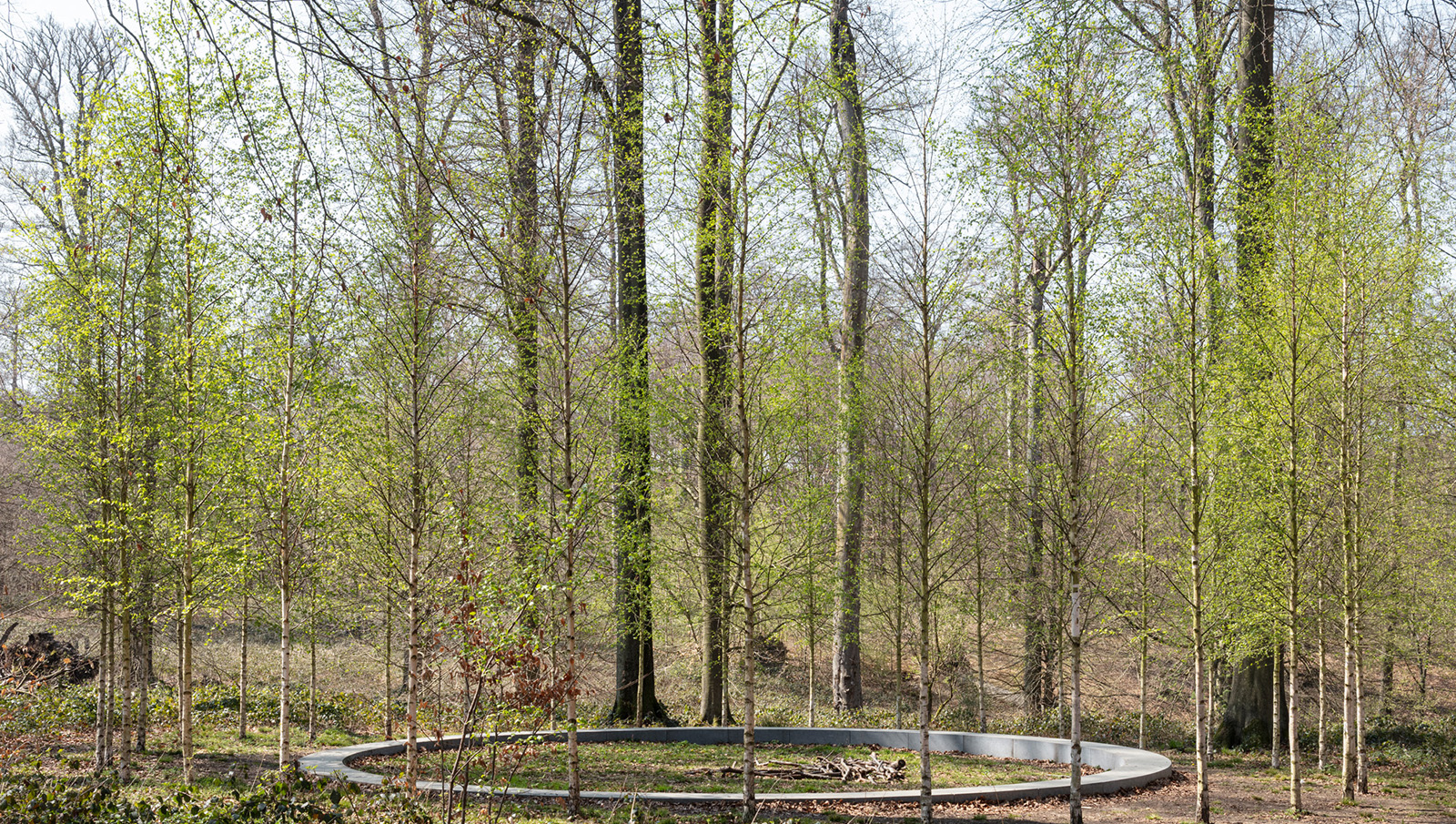 ‘Landscape architecture is the queen of science’: Emanuele Coccia in conversation with Bas Smets
‘Landscape architecture is the queen of science’: Emanuele Coccia in conversation with Bas SmetsItalian philosopher Emanuele Coccia meets Belgian landscape architect Bas Smets to discuss nature, cities and ‘biospheric thinking’
-
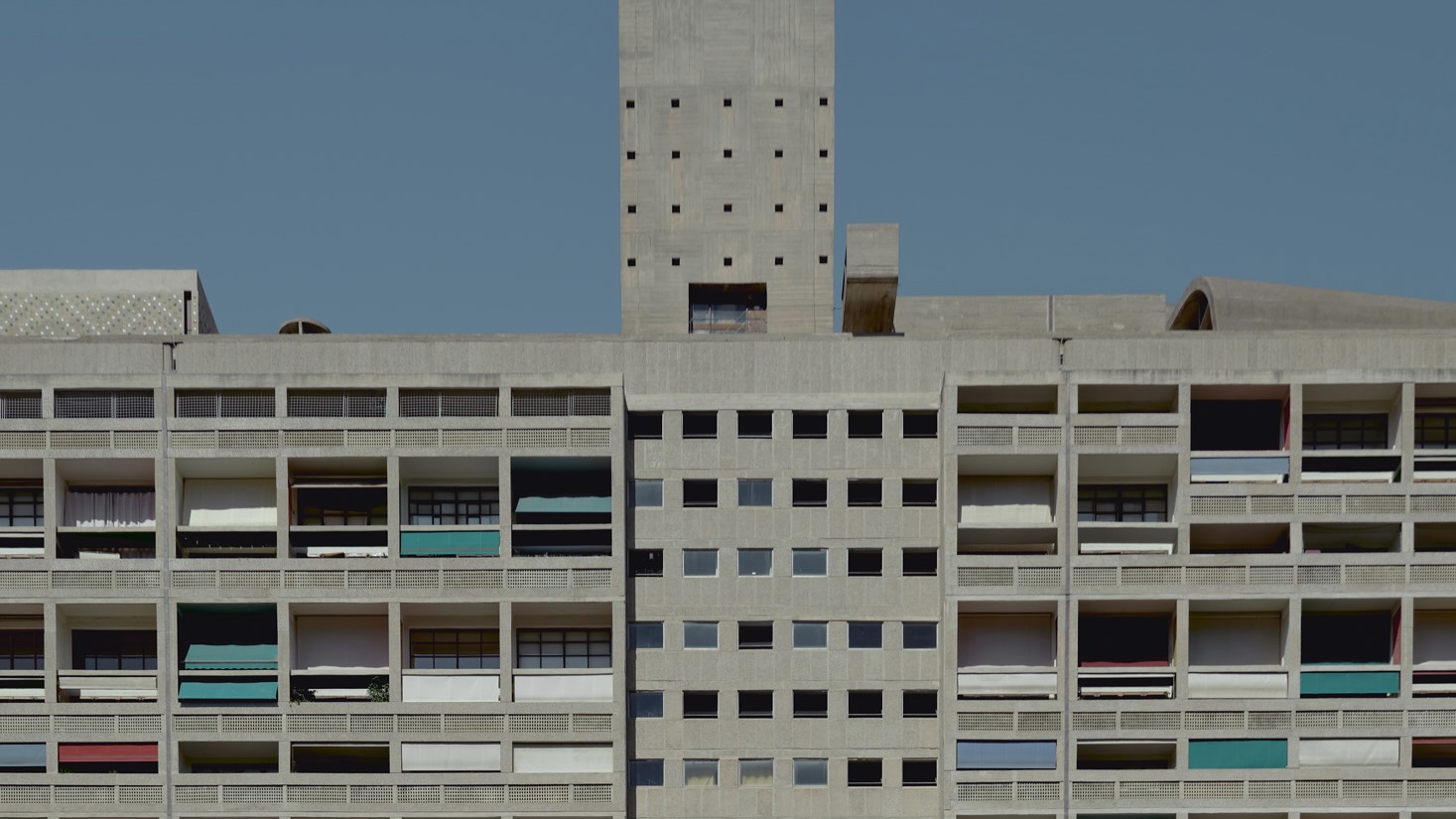 An apartment is for sale within Cité Radieuse, Le Corbusier’s iconic brutalist landmark
An apartment is for sale within Cité Radieuse, Le Corbusier’s iconic brutalist landmarkOnce a radical experiment in urban living, Cité Radieuse remains a beacon of brutalist architecture. Now, a coveted duplex within its walls has come on the market
-
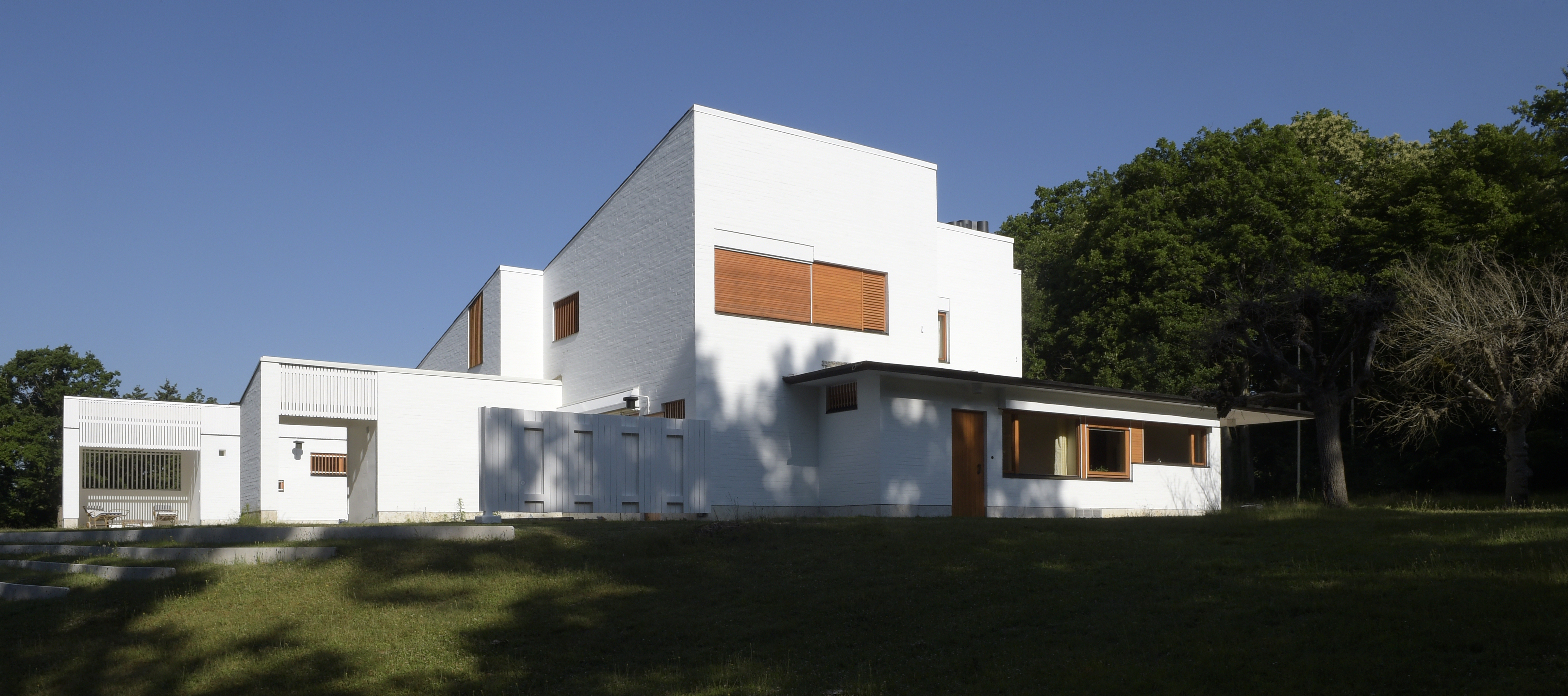 Maison Louis Carré, the only Alvar Aalto house in France, reopens after restoration
Maison Louis Carré, the only Alvar Aalto house in France, reopens after restorationDesigned by the modernist architect in the 1950s as the home of art dealer Louis Carré, the newly restored property is now open to visit again – take our tour
-
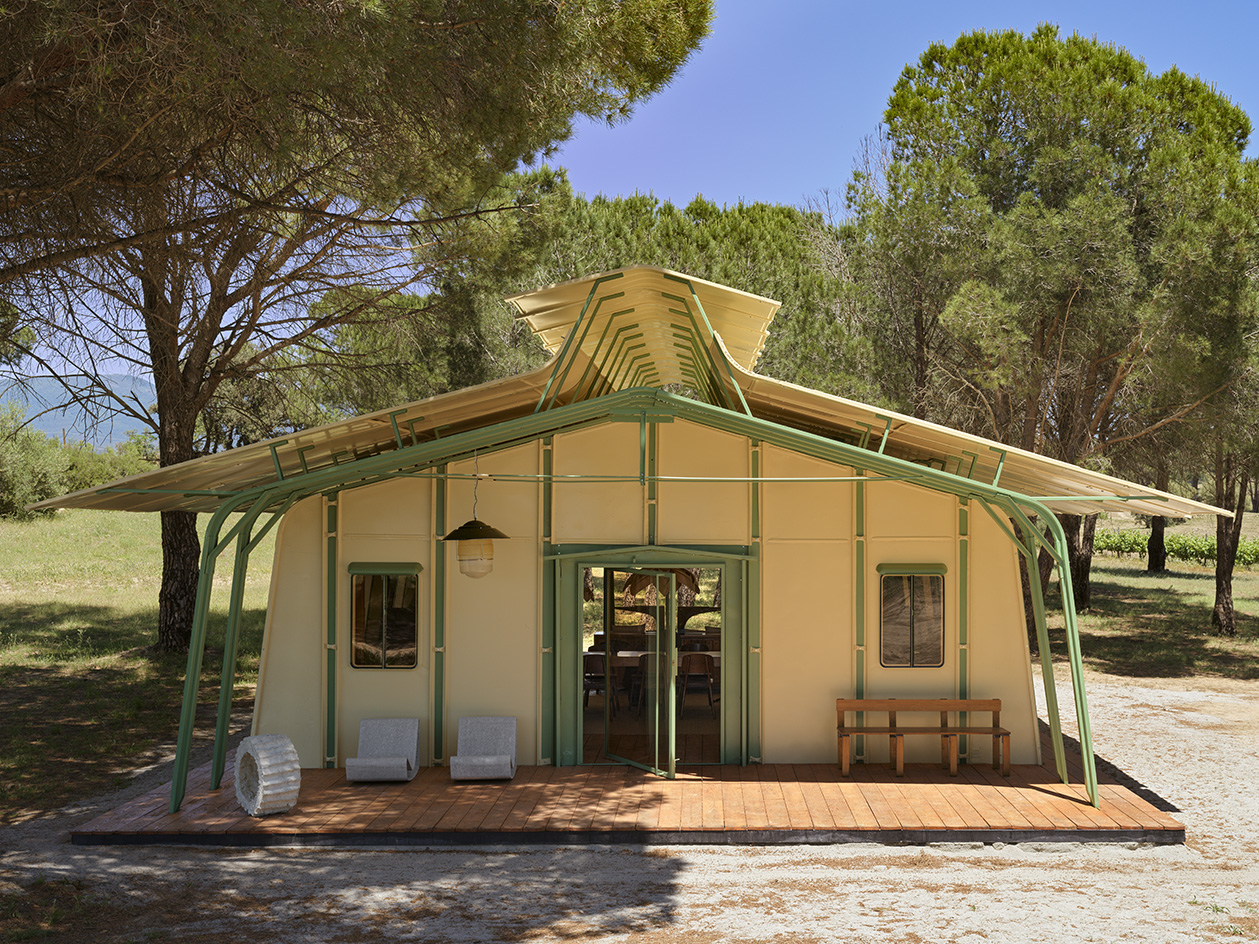 Meet Ferdinand Fillod, a forgotten pioneer of prefabricated architecture
Meet Ferdinand Fillod, a forgotten pioneer of prefabricated architectureHis clever flat-pack structures were 'a little like Ikea before its time.'
-
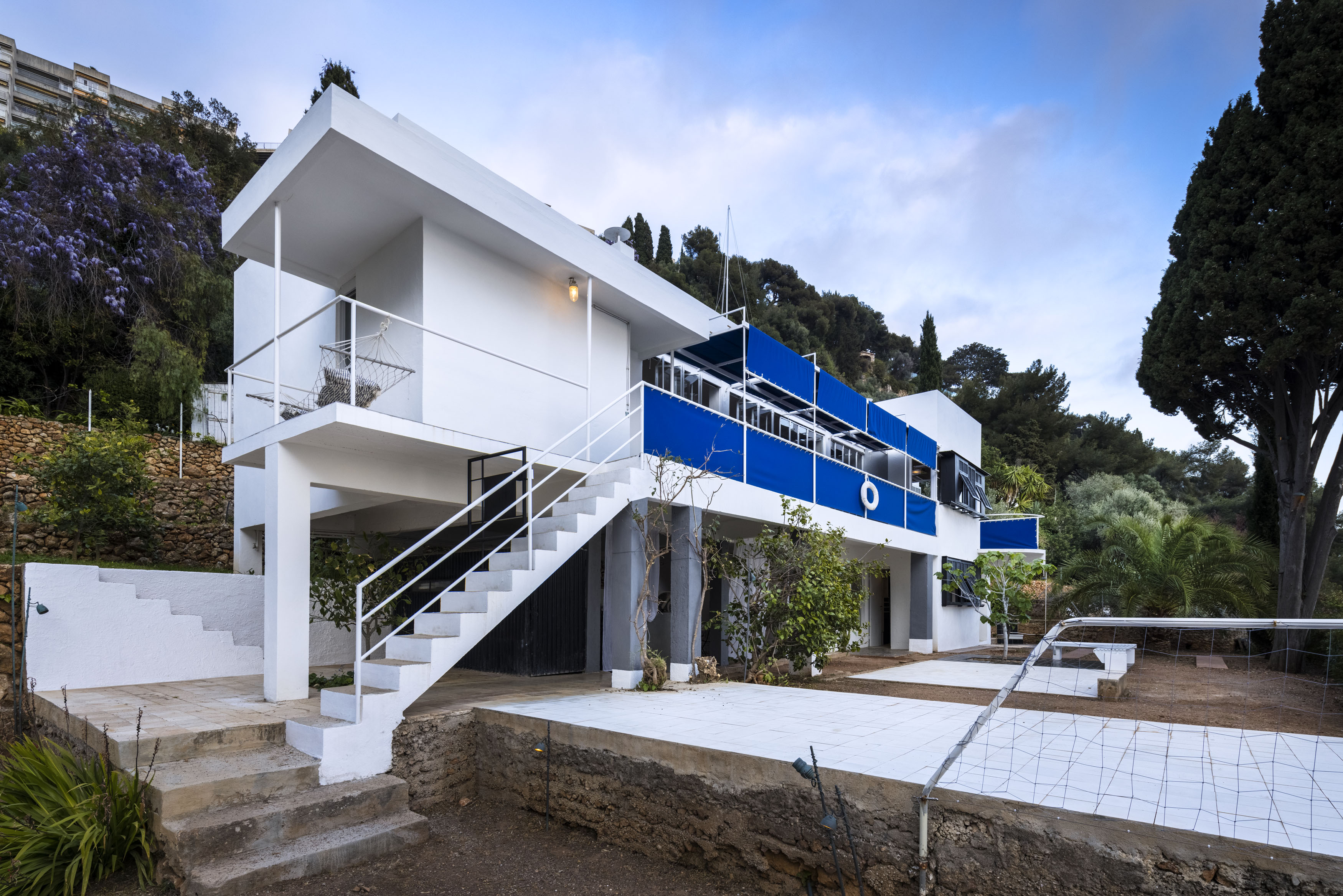 Eileen Gray: A guide to the pioneering modernist’s life and work
Eileen Gray: A guide to the pioneering modernist’s life and workGray forever shaped the course of design and architecture. Here's everything to know about her inspiring career